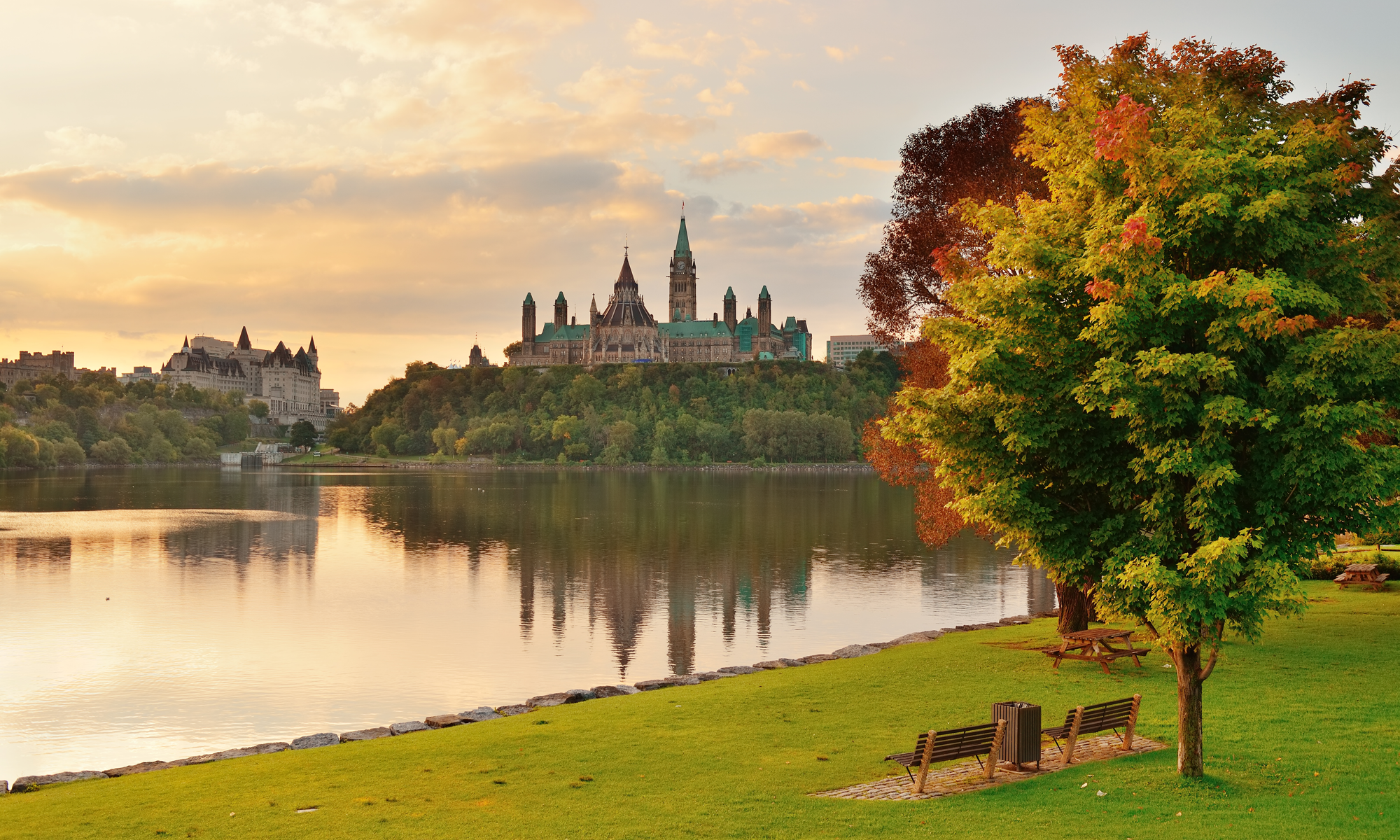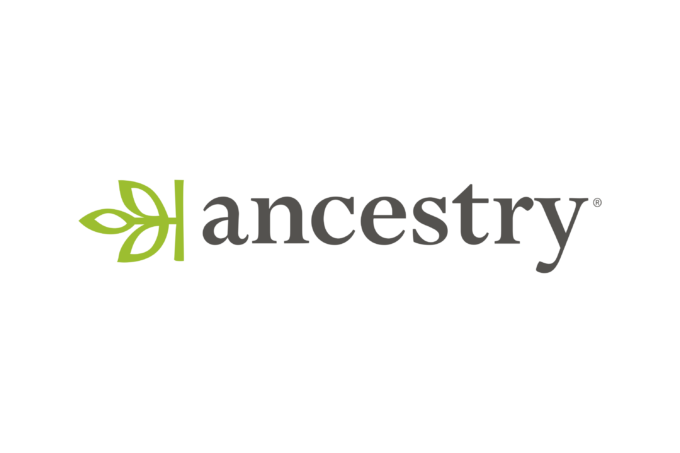The Ottawa forecast promises a mix of sun and clouds, so please join Saturday morning family historians in person at Knox Presbyterian Church, located at 120 Lisgar St. at the corner of Elgin Street, or online via Zoom.
Saturday 8 November 2025
9:00 – 10:00 a.m. EST: Where are My Military Records?
Presenter: Ken McKinlay
Have you ever discovered that one of your ancestors served in the Canadian or British military and wondered what to do next? This talk by Ken McKinlay cuts through the confusion, guiding you to the essential collections and resources that can help you piece together the story of their service. We’ll explore where we might find a wide range of records, including attestation papers, service files, and medal cards. Discover how these documents can reveal not only your ancestor’s service to the Crown, but also vital personal details that bring their life story to light.
10:00 – 11:30 a.m. EST: Military Moments
Finding Mount Ruppel: Remembering Uncle Bud
Presenter: Carol Annett
Carol Annett’s uncle, Warrant Officer Iverson Frederick “Bud” Ruppel, RCAF, was killed in action on 30 January 1944 when his Lancaster bomber crashed in a forest outside Berlin. In 1962, a mountain in British Columbia was named in his honour. Carol will reveal the surprising way in which Bud’s family finally learned about Mount Ruppel almost twenty years after the mountain was named.
Walter Preston: a Life Cut Short
Presenter: Susan Smart
Walter Preston was born in 1885 in Surrey, England; at the age of 25, he emigrated to Canada, settling in Toronto. In 1915, he enlisted in the 2nd Canadian Pioneer Battalion of the Canadian Overseas Expeditionary Force. Walter participated in what became known as the Battle of the St. Eloi Craters in April 1916, enduring intense bombardment and two gas attacks. Once a strong and capable boiler maker, Walter was declared “unfit for duty” and died about 18 months later in a Toronto convalescent hospital. In this talk, Susan will examine Walter’s wartime experience and the use of gas as a weapon.
My Dad and his Uncle Arthur, the 6th Bishop of Montreal, two fine Grenadier Guards
Presenter: Sally Doherty
Sally Doherty will talk about her Dad, Lt.-Col. Thomas H. Carlisle (whom she knew for 12 years), and her great Uncle Arthur Carlisle whom she never met. A generation apart, both set aside their careers to serve in the World Wars— her Dad leaving his law practice in 1939 to join the Canadian Grenadier Guards, and her Uncle Arthur leaving his parish in London, Ontario, to serve as a chaplain with the Canadian Expeditionary Force in WWI.
At the Breaks – Book Grab
The second Book Grab will be held at the meeting. Pick up a free addition to your collection during one of the session breaks.
www.bifhsgo.ca
 TheGenealogist has added 1,090,293 records to its Great War Casualty List collection, completing the War Office lists and taking the total to over 4.5 million records!
TheGenealogist has added 1,090,293 records to its Great War Casualty List collection, completing the War Office lists and taking the total to over 4.5 million records!

 Choose from these selected free online events. All times are Eastern Time, unless otherwise noted. Registration may be required in advance—please check the links to avoid disappointment. For many more events, mainly in the U.S., visit
Choose from these selected free online events. All times are Eastern Time, unless otherwise noted. Registration may be required in advance—please check the links to avoid disappointment. For many more events, mainly in the U.S., visit  This database contains 115,573 records from houses of correction across
This database contains 115,573 records from houses of correction across
 With Remembrance Day near, FMP released a collection to honour those who served in the First World War. Each photograph, drawn from the newspaper archive, reflects courage and sacrifice.
With Remembrance Day near, FMP released a collection to honour those who served in the First World War. Each photograph, drawn from the newspaper archive, reflects courage and sacrifice.